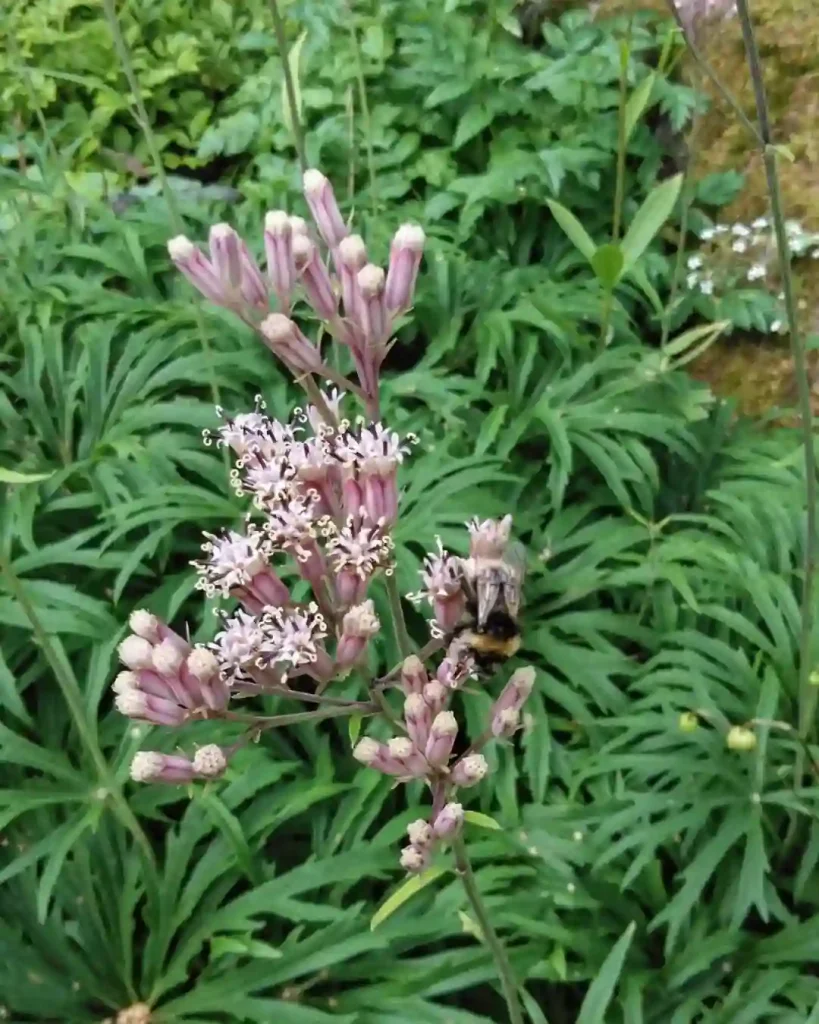What is Hoya Albiflora?
Hi everyone, Ferb Vu here. Today, I want to delve into the fascinating world of the Hoya Albiflora, a captivating climber renowned for its stunning foliage and sweetly scented blooms.
For those unfamiliar, Hoyas, also known as Wax Flowers, are a diverse genus of evergreen vining plants coveted by houseplant enthusiasts worldwide. The Hoya Albiflora stands out as a fast-growing and relatively low-maintenance member of the family.
If you’re curious about bringing this fragrant beauty into your home, keep reading! I’ll answer some of the most common questions about the Hoya Albiflora, providing a comprehensive guide to its care and cultivation.
566 Species in Genus Hoya
Light It Up: Illuminating the Albiflora’s Needs
Like most Hoyas, the Albiflora thrives in bright, indirect sunlight. Direct sun exposure can scorch the delicate leaves, so finding a spot near an east-facing window is ideal.
Watering Wisdom: When to Quench Your Albiflora’s Thirst
One of the Albiflora’s endearing qualities is its tolerance for slightly drier conditions. Avoid overwatering, which is a recipe for root rot. The best approach is to water deeply when the top inch or two of soil feels dry to the touch. During winter, watering frequency can be reduced even further.
Feeding Frenzy: Nourishing Your Albiflora for Growth
While not a fertilizer-gobbler, the Albiflora appreciates a balanced, diluted liquid fertilizer during its active growing season (typically spring and summer). A monthly dose at half strength is sufficient. Opt for a general-purpose houseplant fertilizer or one specifically formulated for Hoyas.
Potting Perfection: Creating a Happy Home for Your Albiflora
A well-draining potting mix is essential for the Albiflora’s root health. Look for a commercial mix designed for cacti and succulents, or create your own by combining potting soil with perlite or orchid bark for added drainage. Opt for a pot with drainage holes to prevent waterlogging.
Climbing the Ladder: Supporting Your Albiflora’s Growth Habit
The Albiflora is a natural climber, so providing support is crucial. A moss pole, trellis, or hanging basket are all excellent choices. As the vine grows, gently guide it along the support structure, encouraging it to climb upwards.
Blooming Beauty: Witnessing the Albiflora’s Floral Spectacle
With proper care, your Albiflora will reward you with clusters of fragrant, white, star-shaped flowers. The blooms boast a delightful musky scent, adding another dimension to the plant’s appeal.
Common Concerns: Troubleshooting Your Albiflora
Yellowing Leaves: This could be a sign of overwatering. Check the soil moisture and adjust your watering schedule accordingly.
Leaf Curl: This can be caused by underwatering, low humidity, or even pests. Increase watering frequency if necessary, raise humidity levels using a humidifier or pebble tray, and inspect for pest infestations.
Mealybugs and Aphids: These common sap-sucking insects can plague your Albiflora. Neem oil spray or insecticidal soap are effective remedies.
Hoya Albiflora vs. Hoya Carnosa
The Hoya Carnosa, often nicknamed the “Krinkle Kwoma” Hoya, is another popular variety. Both the Albiflora and Carnosa are fast-growing climbers with beautiful foliage. However, there are some key differences:
- Leaves: Albiflora boasts larger, fuzzy, light green leaves, while Carnosa has smaller, more waxy, dark green leaves.
- Flowers: Albiflora produces white, star-shaped blooms with a musky fragrance. Carnosa typically has clusters of pink or white, cup-shaped flowers with a sweeter scent.
Ultimately, the choice between Albiflora and Carnosa depends on your personal preference. Both are rewarding additions to any houseplant collection.
Conclusion: The Enduring Allure of the Hoya Albiflora
With its easy-going nature, captivating foliage, and sweetly scented blooms, the Hoya Albiflora is a true gem for plant enthusiasts. By following these simple care tips, you can cultivate a thriving Albiflora that will grace your home for years to come.
If i die, water my plants!



